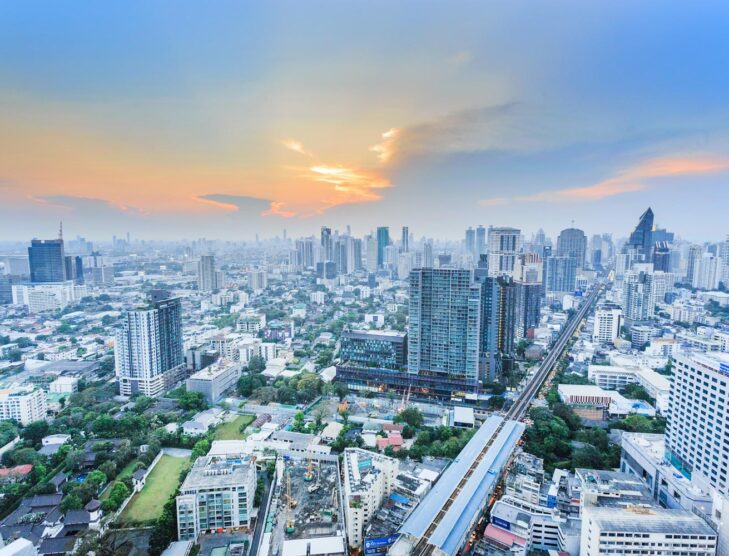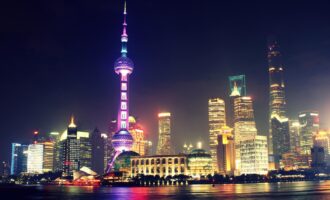
Editorial: Hope amid uncertainty
After a difficult couple of years navigating the Covid-19 pandemic, I am cautiously optimistic about the year ahead. While the level of uncertainty still remains high, particularly with Omicron posing new health and economic questions, governments, businesses and the public appear to be adjusting to the new norm.
After suspending its quarantine-free travel for vaccinated travellers in December 2021 as the Omicron variant started to spread around the world, the Thai government recently announced it will start welcoming visitors once again on February 1, 2022. F+L Week Live! will return to Bangkok on April 27-29 with the conference theme “Disruption & Transformation in the Fuels & Lubes Industry”.
In January 2022, the U.S. Energy Information Administration (EIA) released its Short-Term Energy Outlook (STEO). It reported that U.S. GDP increased 5.7% in 2021, following a 3.4% decline the previous year. The STEO expects GDP to rise a further 4.3% in 2022. Global consumption of petroleum and liquid fuels averaged 96.9 million barrels per day (bpd) in 2021, an increase of 5.0 million bpd from 2020. The STEO anticipates further growth of 3.6 million bpd in 2022.
In the fuels and lubricants industries, there are many common challenges around the globe. There are also notable differences between regions. In this issue of F+L Magazine, we provide a regional perspective on some of the latest trends and issues.
On average, there are 100 vehicles per thousand people in Asia. Compare this to 800 per thousand in the United States and 600 per thousand in Europe. With greater numbers of developing Asian countries reaching the USD5,000 tipping point in per capita GDP where vehicle registrations increase exponentially, we can expect to see an explosion in vehicle growth in Asia in the coming years. On page 6, Eugene Tan of GXS Partners provides insight into the significant swing in internal combustion engine demand towards Asia and the impact on automotive lubricants.
Biofuels were hit hard by the Covid-19 pandemic alongside a dramatic collapse in oil prices. Strong domestic policies and export-driven production are fostering a rebound in Asian biofuel production despite rising biofuel prices. On page 18, we consider growth over the next five years, including an expectation that Asia will surpass European biofuel production.
Continuing our regional theme, we compare the energy transition plans of U.S. and EU oil majors on page 33. European-based and American-based companies are taking vastly different approaches to decarbonisation, influenced by the political environment in each region. Indonesia also has a huge opportunity to reduce carbon emissions. We outline three possible scenarios for the nation’s energy transition on page 36.
In the article Engine oil specifications: What’s next? on page 10, we outline the latest activity in the development of the heavy-duty diesel engine oil category “PC-12”, including deadlines for first licensing. We also provide updates on the ACEA Heavy-Duty Engine Oil Sequences and efforts by Ford to establish a new SP Plus service designation.
Momentum towards zero-emissions road transport has accelerated considerably. On page 22, we analyse the latest data on zero-emission vehicles, including suggestions that electric vehicles will take more market share, much sooner than previously anticipated. We also question whether heavy-duty diesel engines can survive in an electric future on page 26.
An increasing number of businesses in the shipping industry are calling for the “urgent and equitable” decarbonisation of the maritime supply chain by 2050. We review whether this milestone is achievable on page 29.







